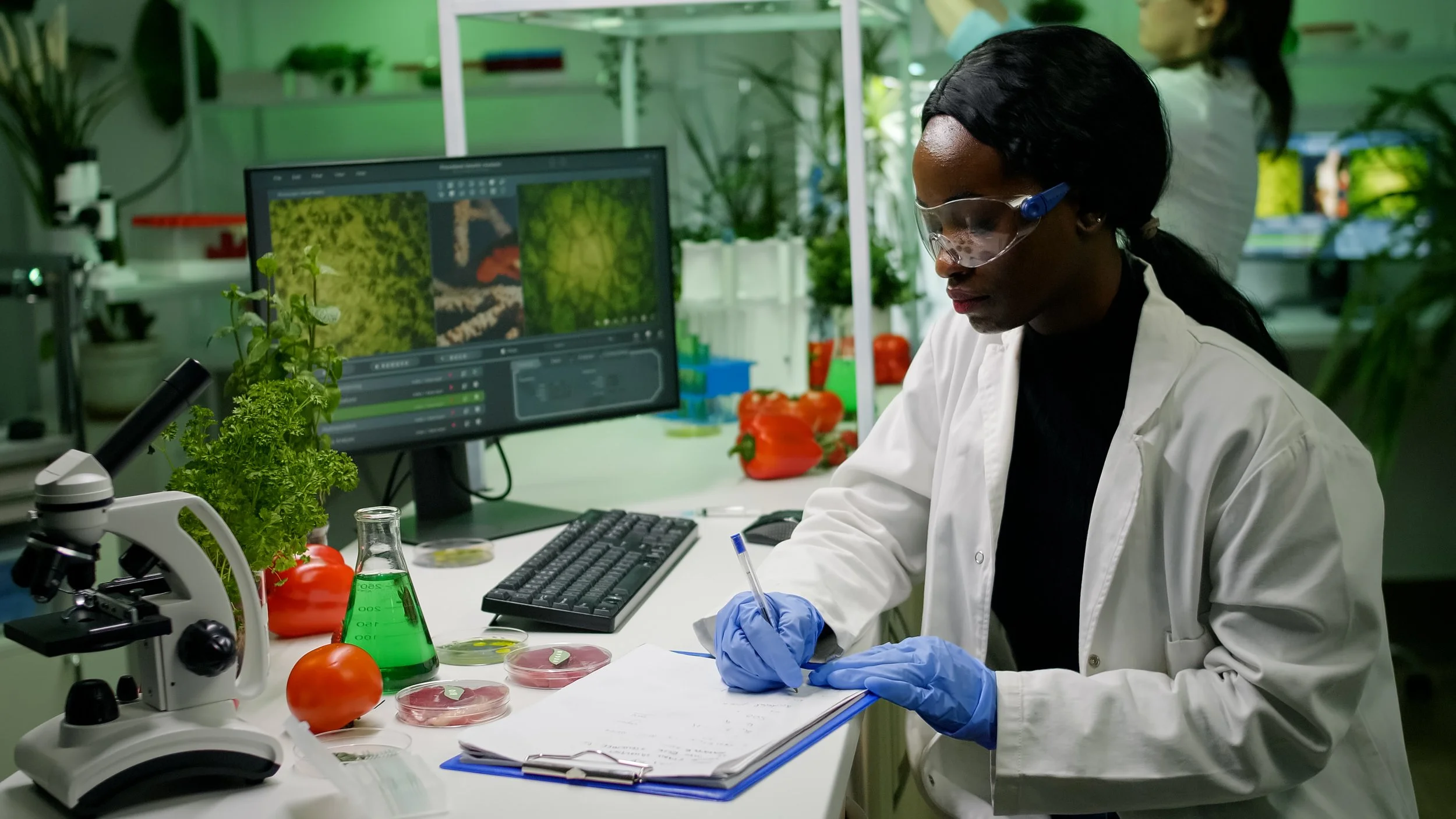The European Commission's Scientific Committee on Consumer Safety (SCCS) has published new guidance on safety assessment of nanomaterials in cosmetics.
Read MoreThe FDA announced today that they were withdrawing the “Food Standards; General Principles and Food Standards Modernization” rule, proposed in 2005 and were aiming to make FDA definitions and standards of identity for foods consistent with the Federal Food, Drug, and Cosmetic Act, and the standards used by the USDA Food Safety and Inspection Service (FSIS) to inspect meat and poultry products.
Read MoreFirst Cultured Meat Product Successfully Reviewed by FDA for Safety, a milestone for cell-based cultured meat products
Read MoreOf particular relevance to Vireo Advisors, LLC and our clients is the intent to improve the clarity and efficiency of the regulatory process for biotechnology products.
Read MoreThe U.S. FDA NanoDay Symposium 2022, on October 11, 2022, will include an overview and discussion of their Guidance for Industry on drug products, including biological products, which contain nanomaterials.
Read MoreIn June 2022, The Washington State Department of Ecology (Ecology) has proposed state-wide chemical restrictions on five classes of chemicals in eleven product categories, the largest number of chemical classes and products to ever be considered by a state at one time.
Read MoreIn July 2022, France became the first European country to ban words that have been used to describe meats or fish — like "steak" — from being used for plant-base meats.
Read MoreAccording to a report in The Japan News, a team of experts will be established this fiscal year by the Japanese Health, Labor and Welfare Ministry to investigate whether there are risks in proposed meat cultivation processes that could adversely affect human health.
Read MoreA voluntary recall and facility shutdown by Abbott Nutrition has created a supply disruption for certain types of infant formula. President Biden has announced a series of measures to address the resulting crisis for families around the country, including action by the FDA help make up the shortfall.
Read MoreThe US bioeconomy (biotechnology-based economic activity) currently contributes 5.1 percent or more of US GDP and has tremendous growth potential. Realizing that potential requires, among other efforts, investment by the government to advance innovation infrastructure including regulatory frameworks that are open to new technologies and don’t obstruct them.
Read More










